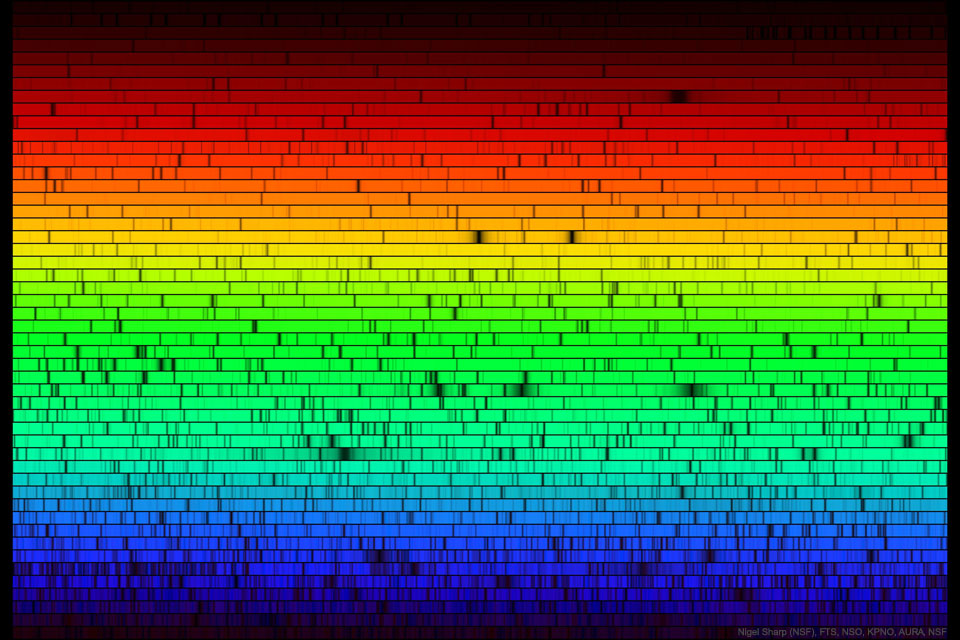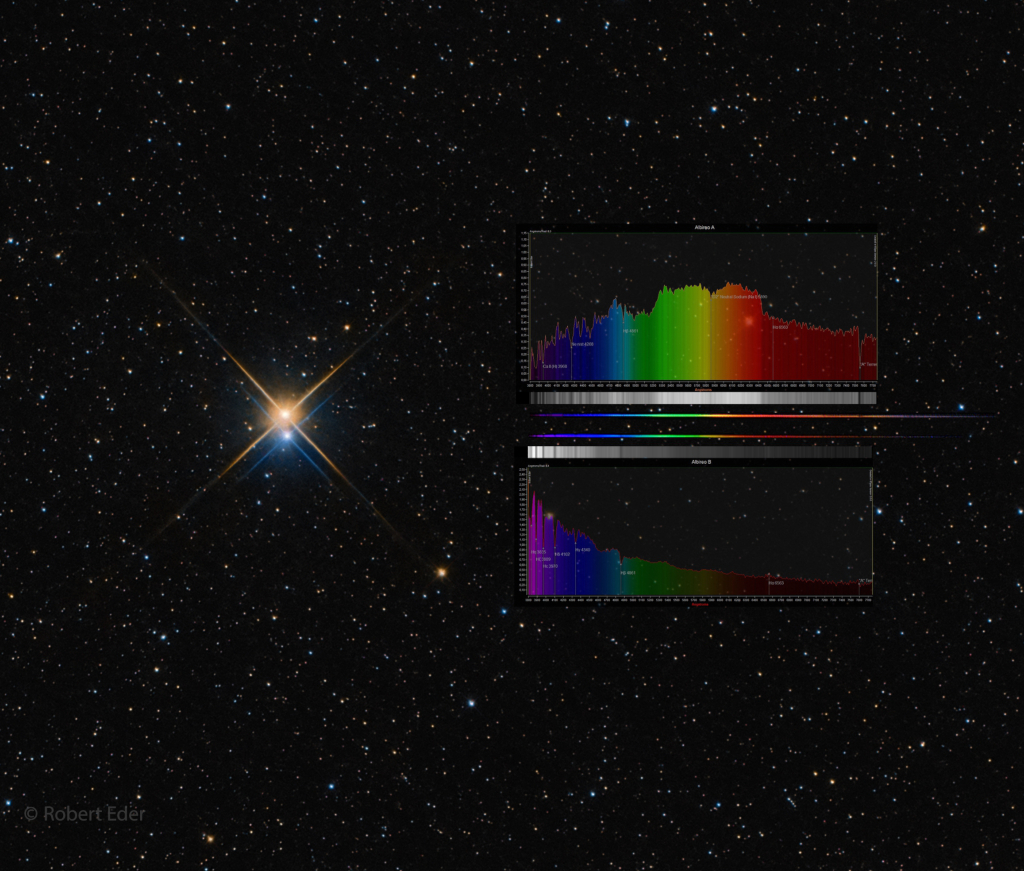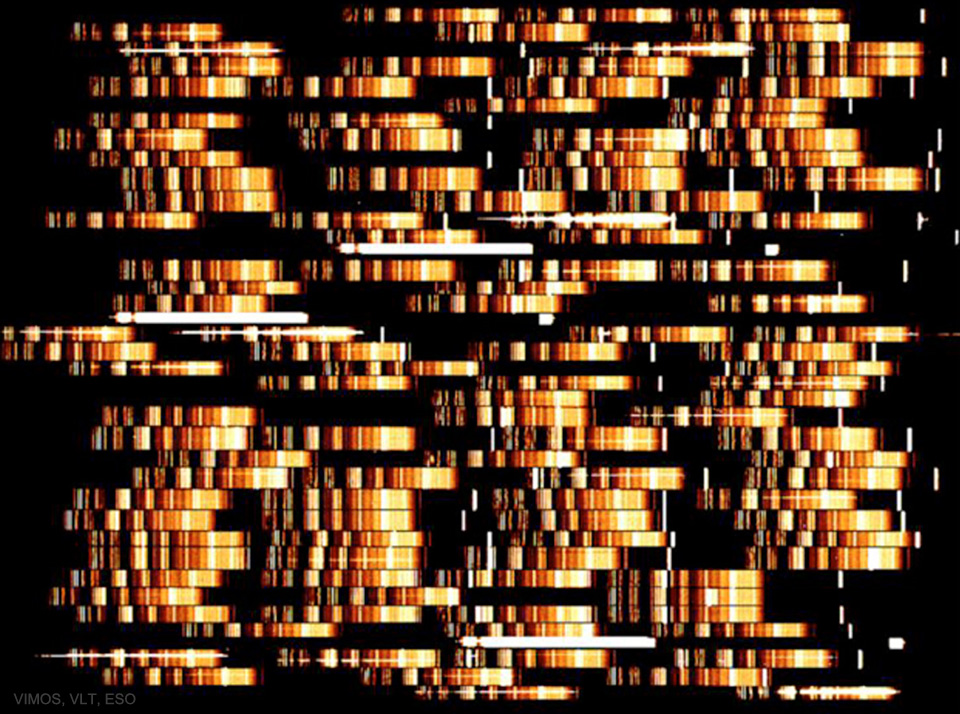太阳消失的色光
2023年6月11日 The Sun and Its Missing Colors Image Credit: Nigel Sharp (NSF), FTS, NSO, KPNO, AURA, NSF Explanation: Here are all the visible colors of the Sun, produced by passing the Sun’s light through a prism-like device. The spectrum was created at the McMath-Pierce Solar Observatory and sho […]






